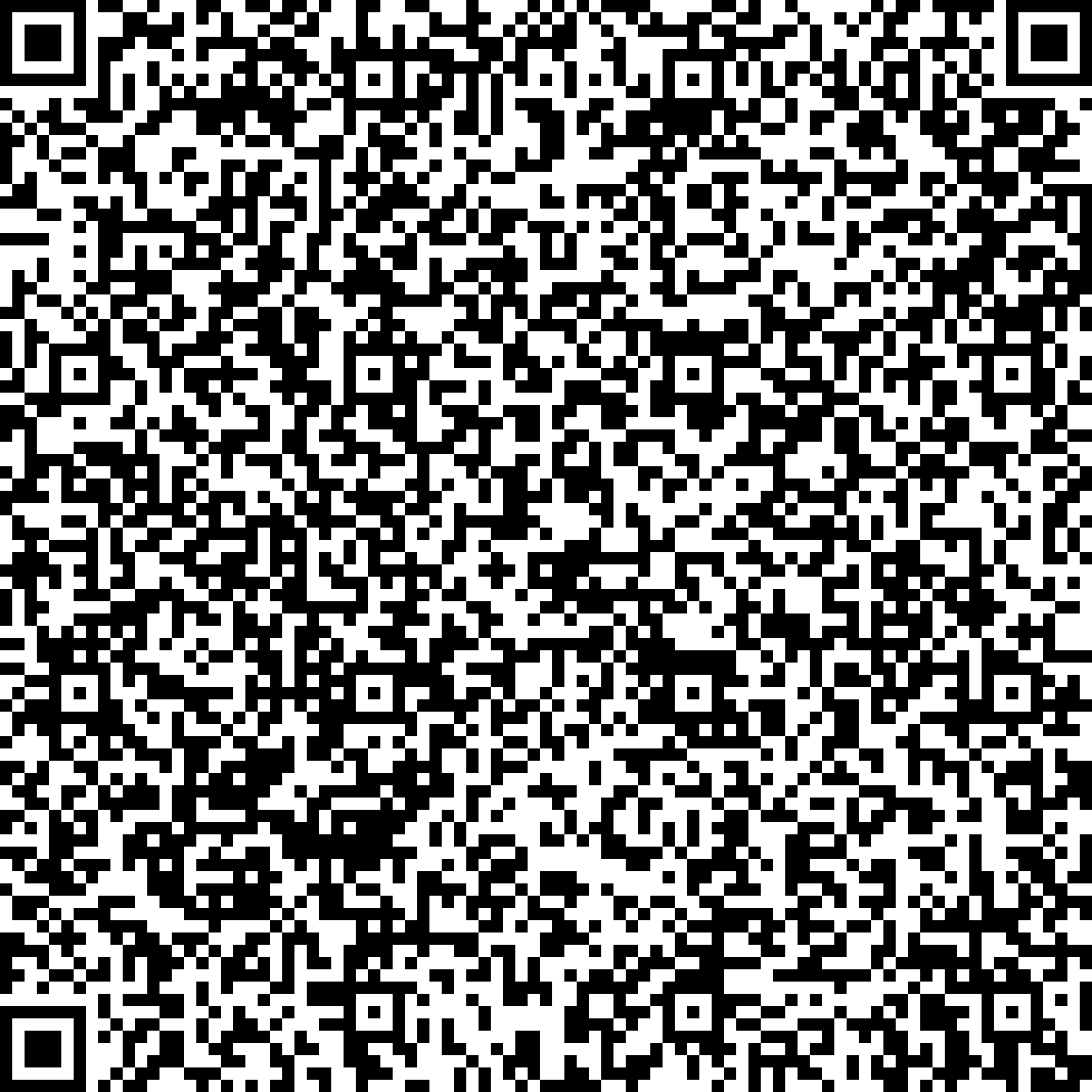


Recent experimental evidence for Dirac-like quasiparticles in graphene -a monolayer of carbon atoms forming a honeycomb lattice- has renewed hitherto purely theoretical interest in unusual electronic properties of this system. Some of them, such as the so-called zero-energy edge states, have been predicted quite a time ago and have now become a subject of vigorous experimental research.
The purpose of this talk is to discuss a new scattering phenomenon that might help identify the zero-energy edge states. It will be shown that they can cause resonant electron reflection off graphene edges that should be observable in transport measurements. In particular, we find that such scattering has an anomalous effect on superconducting electrons in a Josephson junction whose critical current is enhanced by temperature and can change its sign (pi-junction behavior).



Recent experimental evidence for Dirac-like quasiparticles in graphene -a monolayer of carbon atoms forming a honeycomb lattice- has renewed hitherto purely theoretical interest in unusual electronic properties of this system. Some of them, such as the so-called zero-energy edge states, have been predicted quite a time ago and have now become a subject of vigorous experimental research.
The purpose of this talk is to discuss a new scattering phenomenon that might help identify the zero-energy edge states. It will be shown that they can cause resonant electron reflection off graphene edges that should be observable in transport measurements. In particular, we find that such scattering has an anomalous effect on superconducting electrons in a Josephson junction whose critical current is enhanced by temperature and can change its sign (pi-junction behavior).